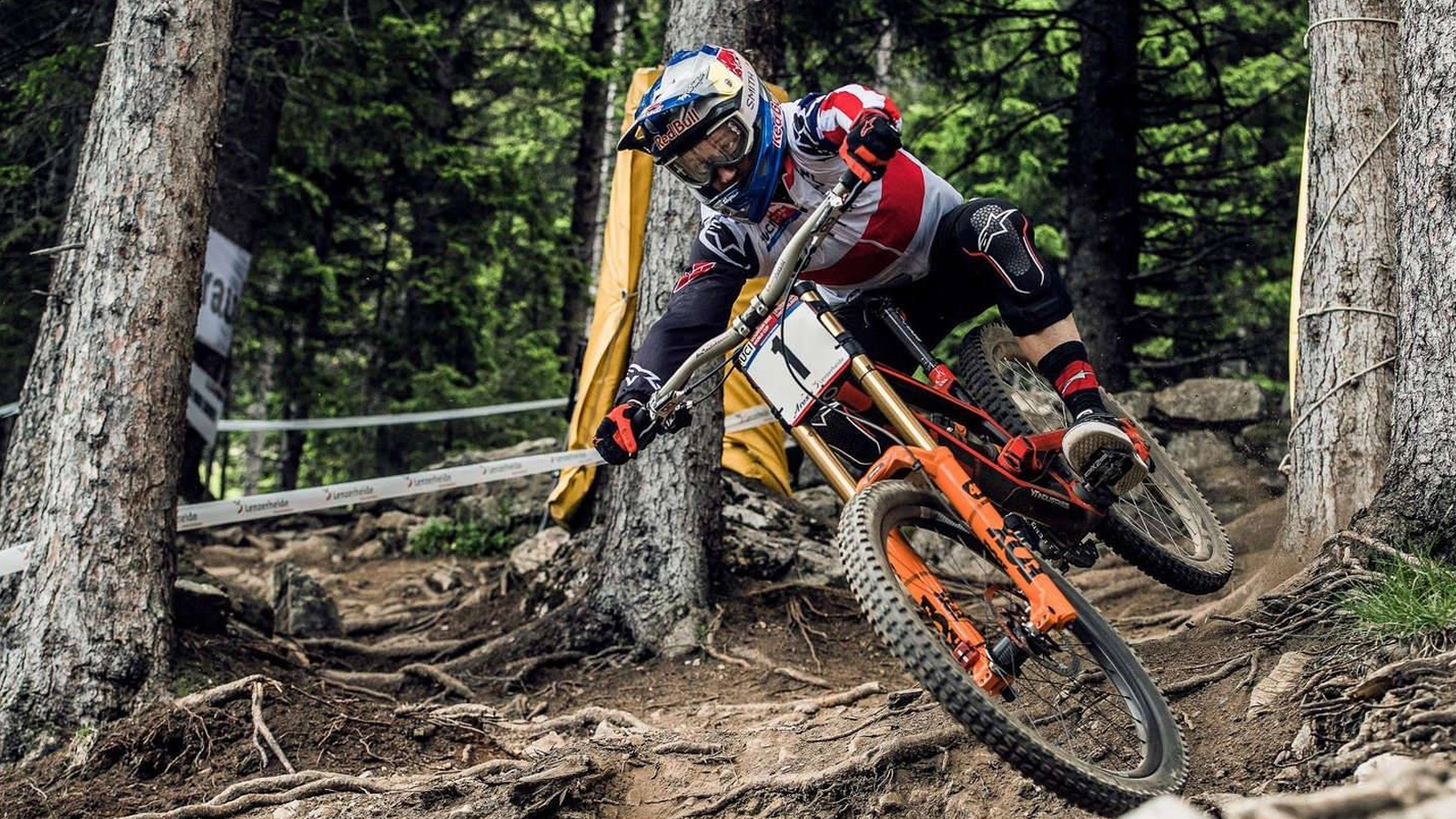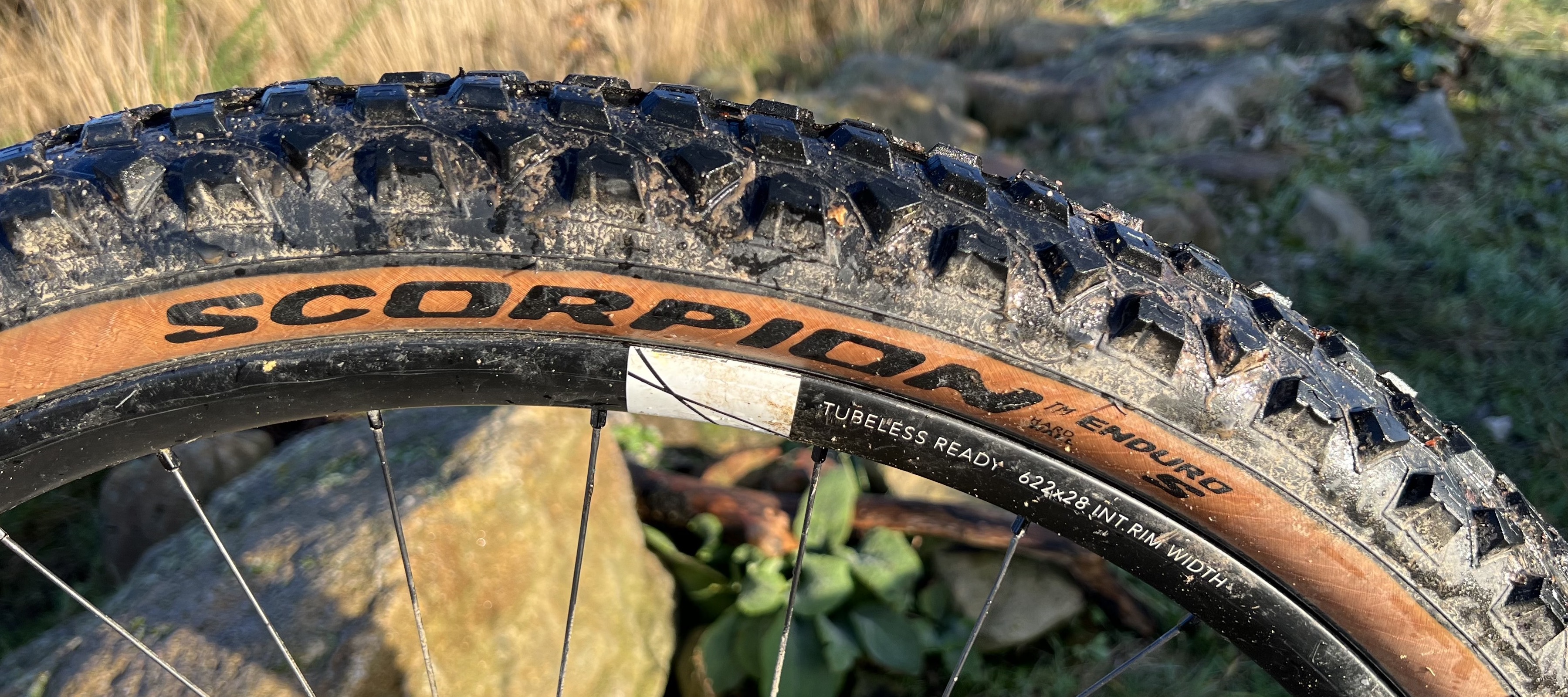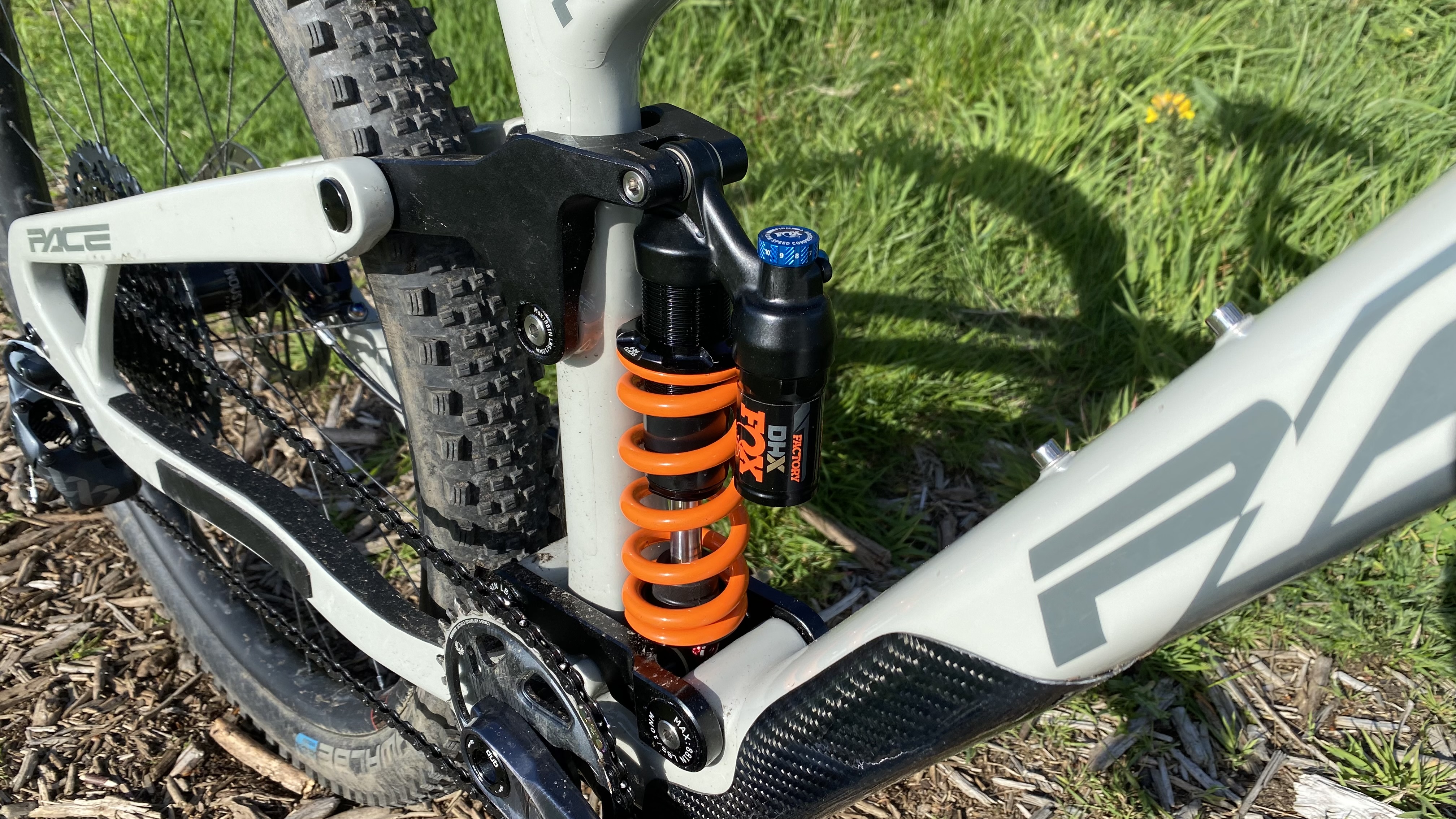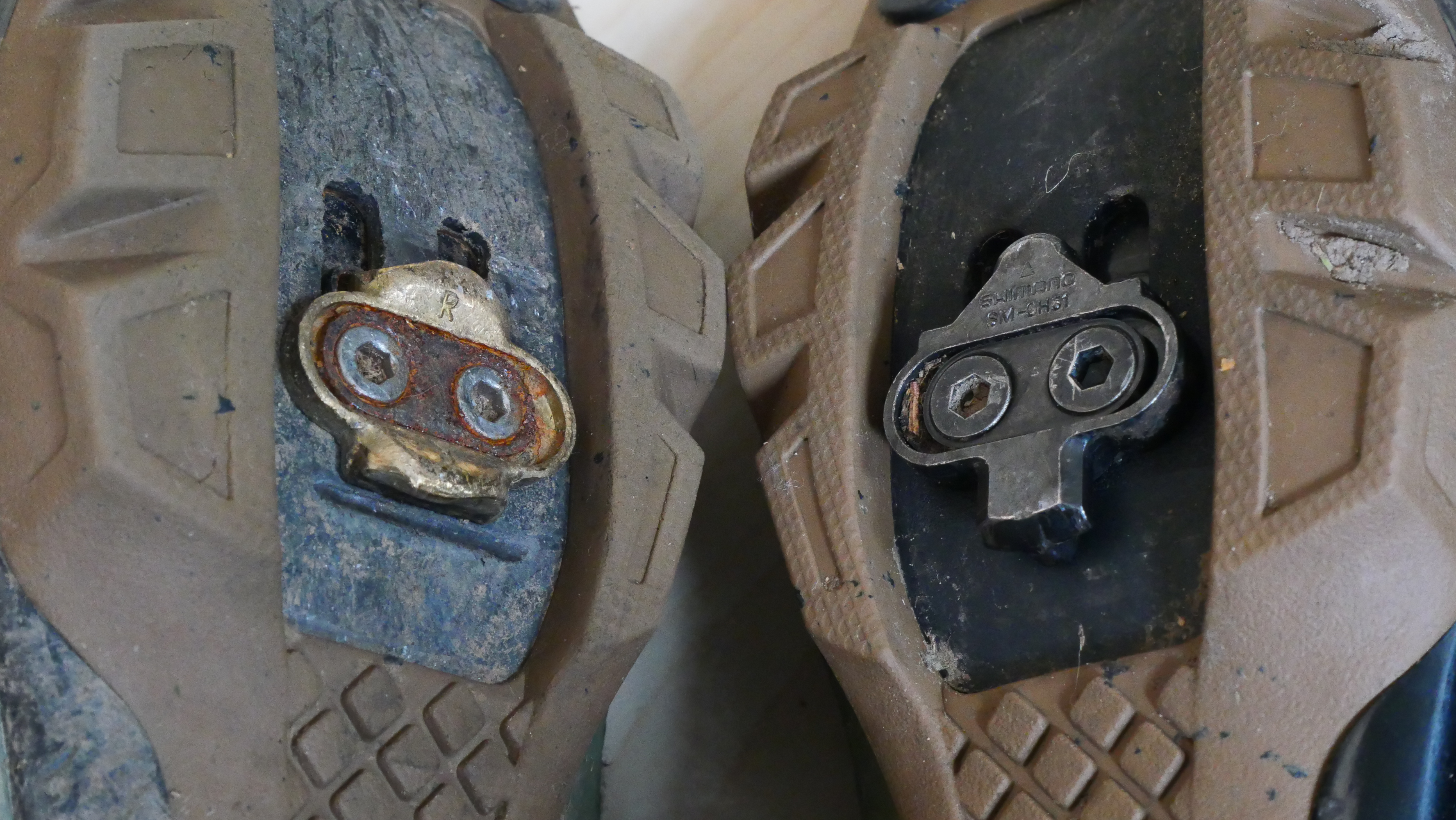Bespoken Word – small changes, big differences
Guy Kesteven often finds that seemingly minor changes can make a proper difference on test bikes. Here’s his guide to the most common hidden horrors where a cheap upgrade or adjustment can deliver big wins

A lot of us love 'new bike part day' and being between a rock and a hard place is often the whole idea of mountain biking. However, the current world of rising costs and reduced spare cash means being smart with bike tweaks makes more sense than ever. Here's some hacks I've learnt in the last four decades of riding and spannering bikes that could make a big difference to performance without bothering your bank balance too much.
Tires
You’re probably not surprised I’m starting here. Tires aren’t as crucial to mountain bike feel as they are to road bikes – where rubber routinely makes more difference than frame construction – but they are a major part of the vibe beyond the standard grip and speed considerations.
Switching between casing weights and strengths/levels of reinforcement can make the same basic tire feel totally different. Some tires work much better in some formats and/or pressure bands than others and sometimes even the designers don’t know why. For example, I had a really frank and interesting chat with the head of tire development at Specialized who said they never got to the bottom of why their previous generation BLCK MGC DH tires felt absolutely dreadful outside of a very narrow pressure range.
Some brands have a distinctive character too. Pirelli’s current Scorpion tires have a high energy carcass that means significant free speed, but will smash forks and shocks that never normally bottom out through full travel repeatedly and throw bottles out of super secure bottle cages too. In contrast, Hutchinson's enduro tires have a super damped carcass that’s like getting your suspension professionally serviced and tuned in terms of enhanced trail contact, but can make you feel like you need to check in to a serious illness clinic yourself on climbs.

Bars and stems
While most people realize tires can be a big influence, very few think about bar and stems beyond their dimensions and whether the brand is currently cool. If you’ve ever lined up a whole range of bars so you can flex/spike them in close, completely equal comparison (sticking them in open ends of an alloy step ladder lying on it’s side is one of my favorite group test hacks) you’ll be astonished at how different they can feel. Some flap and flex like a seagull stealing chips and others will turn your scaphoid bones into dust before budging a millimeter. You can rarely tell from weight, diameter or material which way they’ll go either, although bulges extending a long way out is generally a sign they’ll be less forearm friendly.
Price is no guide either, as there are stiff or soft bars available whether you’re riding a budget hardtail or coughing up a couple of hundred quid for carbon. Again, I’ve had confessions from brand managers that production schedules meant they couldn’t get the bar they really wanted on a £1000 hardtail. A fail that meant they actually lost a big magazine test after Jim Bland and I spent hours swapping different components in the sleet on the final day of testing to work out where a harsh spike over roots and rocks was coming from.

Grips
While we're talking hands, grips can hide a multitude of sins. Fatter doesn’t always mean comfier if it’s more of a stretch to wrap your hands round them and different designs and compounds can really affect cushioning. Same external diameter grips can also put significantly different depths of rubber between you and the bar depending on the type of sleeve they use to connect to the end clamps. That’s why real feel fiends go to the trouble of gluing/wiring 100 percent rubber push on grips for next level comfort and connection.
Rebound adjustment
Rebound adjustment that also affects compression is a firm favourite in the “wait, what?” tester confusion playbook. It’s generally some sort of cross-bleed in the internal oil flow caused by a glitch in the damper design and it can occur right through the price spectrum. In fact, it’s more likely in more complicated, expensive forks than it is in simpler ‘sink plunger’ dampers. The fact that RockShox have dedicated a lot of the development of their latest generation of forks to eliminating rebound/compression cross talk, but created a spiking issue in the process is bitterly ironic too.
Sometimes it’s not the actual damper but your perception of what’s happening that creates the issue. The time difference between the suspension absorbing an impact and then rebounding is a tiny fraction of a second. That means what feels like a spike during hiccup can often actually be a hiccup/air cavitation/oil flow stall at the turnaround point. Again, this can happen on all prices of product and it was noticing this on a £500 Pinnacle Kapur yesterday that reminded me to add it to the list.
In other words, if you’re trying to hunt down what feels like a compression issue don’t forget to try adjusting the rebound controls too. Oh and while we’re here, watch out for adjusters that gradually move over time. It’s rare but I’ve got Fox coil shock at the moment that’s a bugger for it, so as always write down your sweet spot numbers and refer to them regularly.

Cables
Even a quick squirt of lube can unlock lazy controls and fresh cables can make an incredible difference to how light and easy your shifts feel. A full set of inner and outer and paying some other poor bugger to feed them through your frame works out a vast amount cheaper than switching to wireless gears too.
Bearings
Sometimes failing bearings flag themselves up with obvious movement or clunking/grinding noises. We’ve lost count of the number of bikes we’ve inflicted needless pain on without realizing though, and I still feel bad about that Norco Optic long termer that reamed it’s own seat tube so badly with a frozen main pivot that it was a write off before I realized. The lesson here is to check anything that’s supposed to move smoothly actually does. Pull out cranks to check hub bearings, unhook chains to spin cranks, depressurise suspension to see if seals and bushing are still smooth. Disconnect rear dampers to find stickiness or sideways movement in rear pivots. Then get out the grease and/or order replacement bearings so you can make one of the most cost effective servicing saves possible.

Cleats/pins
How bad does it have to get before you fit some fresh cleats? Yes we’re all worried that we’ll strip those bolts that we should have greased and cleaned properly when we first fitted the cleats. At worst you’ll have to drill them out though and that’s way better than breaking your hip/wrist/collarbone because you finally ran out of ‘falling over because you couldn’t get out of your pedals’ luck. Replacing worn pins on flat pedals so they still grip is the equivalent if you’re rad.
Spokes
To be honest there’s a whole article to be had on this subject which would include all sorts of interesting confessionals from pro DH racers and their mechanics. That’s because how tight and evenly tensioned your spokes are, or aren’t, can make an unbelievable difference to how your bike rides and yet most riders have probably never even pinged their wheel wires once. While running sloppy spokes for extra grip and control is only really an option if you’ve got a mechanic rebuilding your wheels after every race/run, paying at least some attention to tension will keep your wheels a lot stronger and safer over time. Being able to true/rebuild your own wheels is a really satisfying skill to learn too.

Guy Kesteven has been working on Bike Perfect since its launch in 2019. He started writing and testing for bike mags in 1996. Since then he’s written several million words about several thousand test bikes and a ridiculous amount of riding gear. He’s also penned a handful of bike-related books and he reviews MTBs over on YouTube.
Current rides: Cervelo ZFS-5, Specialized Chisel, custom Nicolai enduro tandem, Landescape/Swallow custom gravel tandem
Height: 180cm
Weight: 69kg
